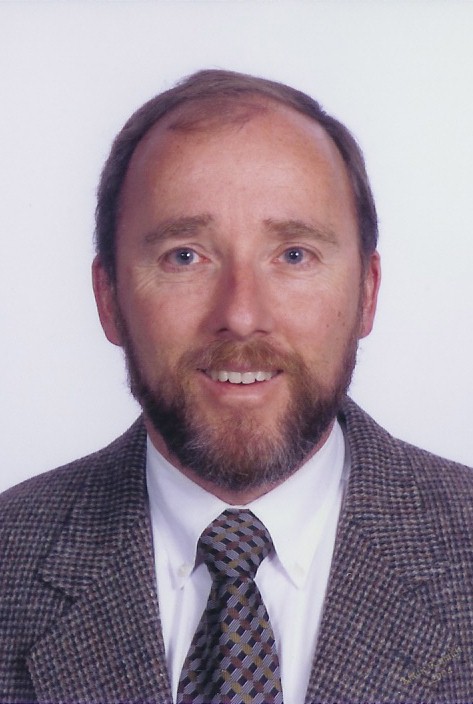Debunking what's false
helps us discover what's true
“The Amityville Horror” opens in theaters tomorrow, which means it’s time to man the barricades for another Hollywood assault on our intelligence. Let’s put on some serious battle armor by practicing our ABCs: The ABCs of Debunking.
“A is for Amityville, they were all such nice folks.” In 1974, six of the seven members of the DeFeo family were brutally murdered in their Amityville, Long Island home. The surviving brother, Butch, was convicted of the crime and sent to prison. The ensuing horrors in the house became the basis for a bestselling book and two big budget movies. Tomorrow’s MGM premiere is “based on a true story”.
There’s just one problem: It’s a lie. The family that bought the house after the murders admitted in court that the supernatural events were fiction. They made up the story, together with Butch DeFeo’s attorney, to make money on a book deal. Their testimony is a matter of public record. RIP Amityville Horror.

Contributing
Columnist
A Columbia University Medical Center study reported the best evidence yet of the supernatural power of prayer: Infertile women were twice as likely to conceive if they were being prayed for. ABC News picked up the story, hailed as breakthrough for faith-based medicine.
Today, the first author has left Columbia. He apparently learned of the study only after it was finished. The second author stepped down as chair of Obstetrics and Gynecology, claiming the original idea came from the first author.
The third author, who was supposed to be the one doing the actual research, was found to have no medical degree. But what he lacked in medical training he made up in moral turpitude: He is now in federal prison on a $2.1 million fraud charge. There is no evidence the study was ever performed. RIP Columbia Prayer Study.
“D is for Debunking, it helps keep us sane.” So ends our ABC lesson. But don’t believe me just because I’ve got a fancy title and a regular newspaper gig. Most of the credit goes to my colleagues at the Committee for the Scientific Investigation of Claims of the Paranormal (CSICOP).
“B is for Bigfoot, an embarrassing hoax.” You’ve probably seen The Film, a staple of those “Mysteries of the Unexplained” shows on late night cable. It’s a few seconds of grainy footage showing a large ape-like creature wandering in the forest.
Shortly after The Film, Bigfoot took off in popular culture. Conventions and books popped up everywhere.
Unfortunately for pop culture, the man who created Bigfoot died a couple of years ago. Ray Wallace passed away in a Washington nursing home at the age of 84. His family members immediately went public about their jokester grandpa. They had evidence of faked Bigfoot prints and Ray’s own account of shooting the original Bigfoot film. One of Ray’s nephews told reporters “He did it just for the joke and then he was afraid to tell anybody because they'd be so mad at him." RIP Bigfoot.
“C is for Columbia, who should be ashamed.” Three weeks after September 11th, 2001, America was looking for hope. They found it in the New York Times.
Not that you should believe CSICOP either, just because we’re an official-sounding organization with a bunch of capital letters. Do a little snooping on your own, and decide for yourself. Maybe we missed something. If you find newer and better evidence, we’ll change our minds. That’s what critical thinkers do.
Why bother with any of this? Why is it important to debunk something that happened years ago? Who cares about a movie that’s going to disappear in a few weeks?
I do.
I care because throwing out what is false helps us discover what is true. I care because frauds, cheats, and liars are with us today, waiting to steal our money, time, and allegiance. I care about movies that lie because they shape people’s idea of reality, often with very serious consequences. Think of “Fahrenheit 9/11”.
So the next time you read about Ancient Babylonian Crystals, or Zoroastrian Yetis with X-ray vision, remember Amityville, Bigfoot, and Columbia. Always be critical.